The latest Intel management engine driver has confirmed that the 14th generation meteor Lake CPU will enter the desktop platform when it is launched next year Recently, there have been rumors and speculation that the 14th generation may be limited to mobile platforms and will eventually appear in a way similar to Broadwell, cannon lake and tiger Lake chips.
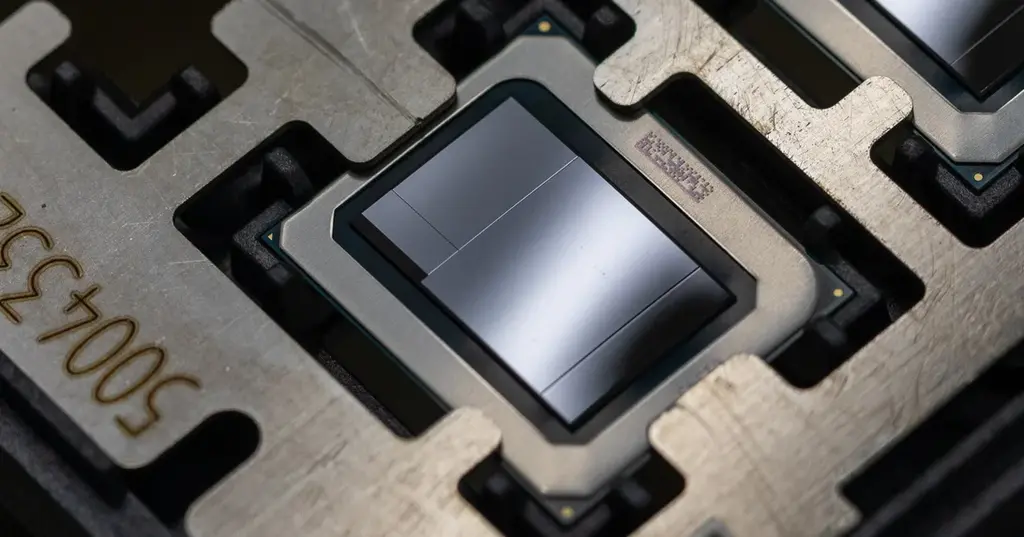
Intel meteor Lake CPU will become the first fully tiled chip for consumers, providing up to 4 tiles on the same package connected through emib and foveros technology. The chip will carry a series of CPU, GPU, i/o and cache chips, all of which are connected together in a similar way to small chips, and provide a leap in performance and efficiency.

Now Intel did first show the meteor Lake prototype and early mobile devices, but this just means that they will delay the release of desktop chips.
It remains to be seen whether the meteor lake will provide support on the same LGA 1700/1800 slot platform, or eventually use different slots, because the design of the tile chip is quite different from the design of the hybrid alder lake and Raptor Lake CPUs we have obtained today.
The compute tile of Intel's 14th generation meteor lake is one of the first parts of the chip to be streamed and powered on. Since then, the whole chip has realized power on, which will be released in 2023 as scheduled.
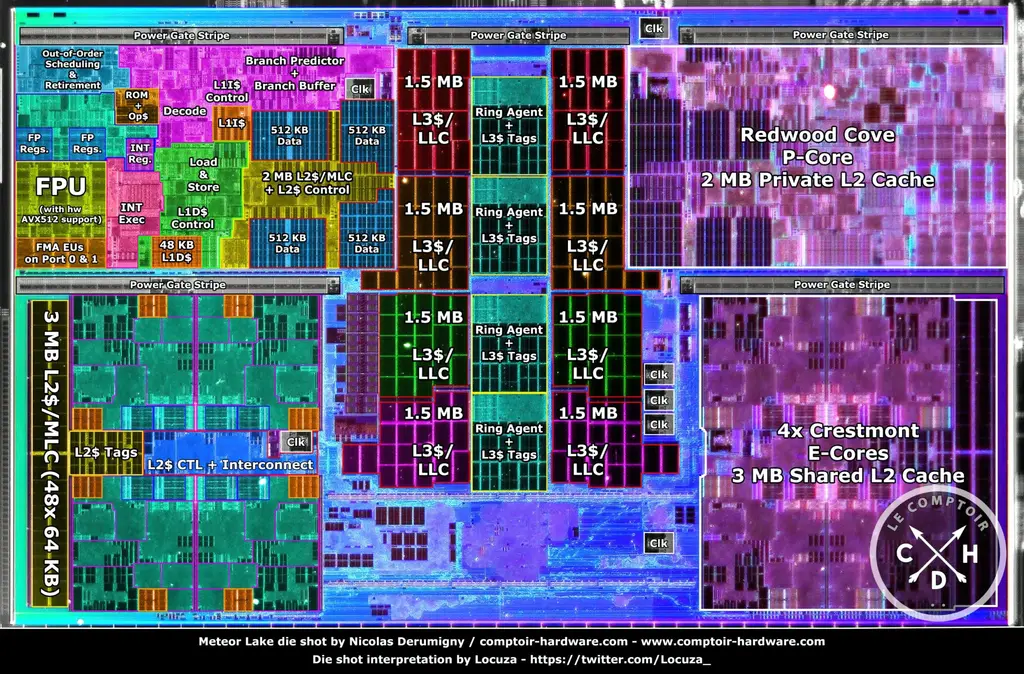
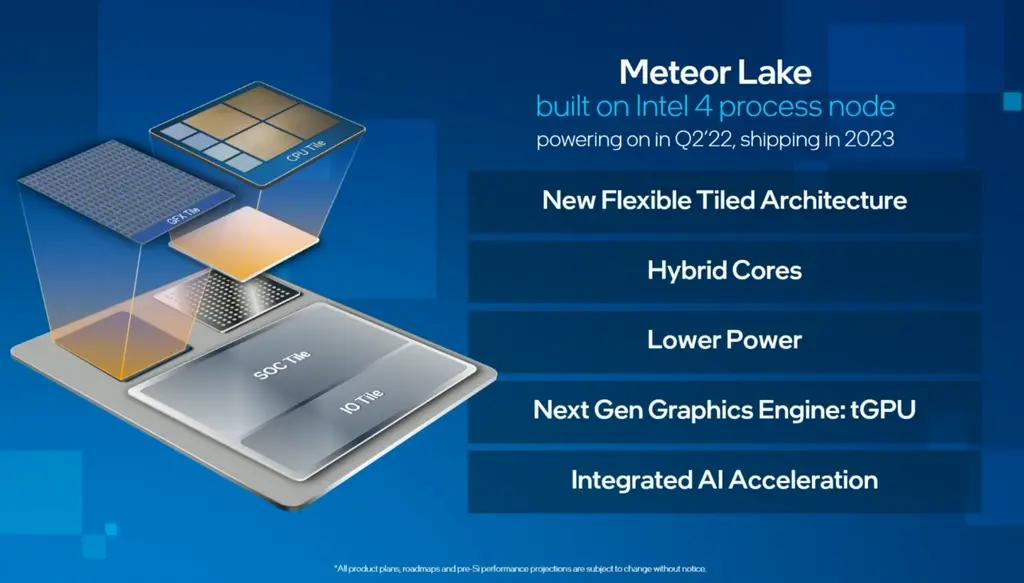
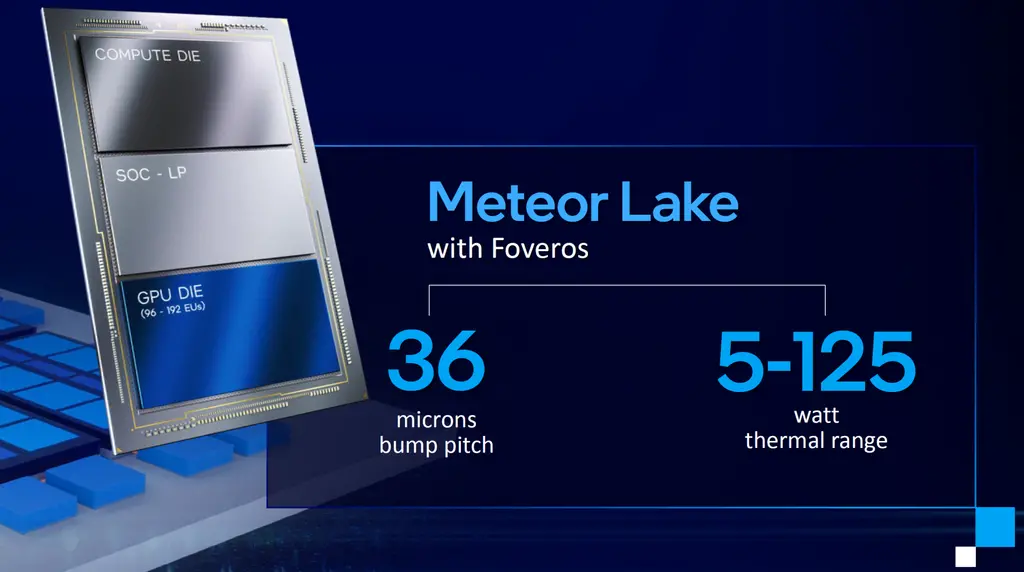
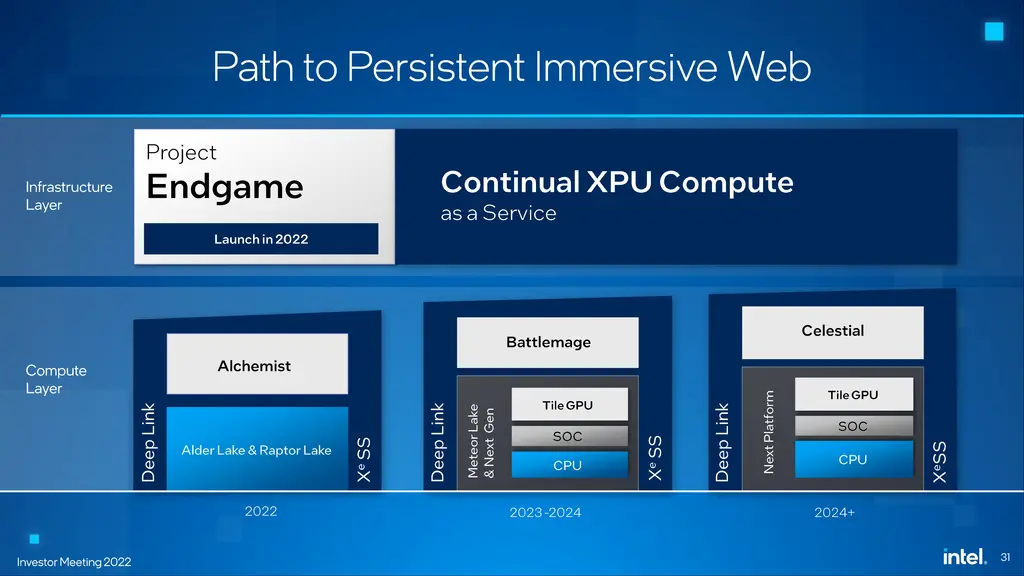
According to Intel, the 14th generation meteor Lake CPU will adopt a new tile architecture, which basically means that the company has decided to fully use small chips. There are 3 main tiles on the meteor Lake CPU. There are IO tile, SOC tile and compute tile.
Compute tile includes CPU tile and gfx tile. The CPU tile will use a new hybrid core design composed of Redwood Cove p-cores and crestmont E-cores to provide higher performance throughput with lower power consumption, and the graphical tile will be different from anything we have seen before. CPU will be expanded from 5W to 125w, moving from ultra-low TDP to high-end desktop computers.